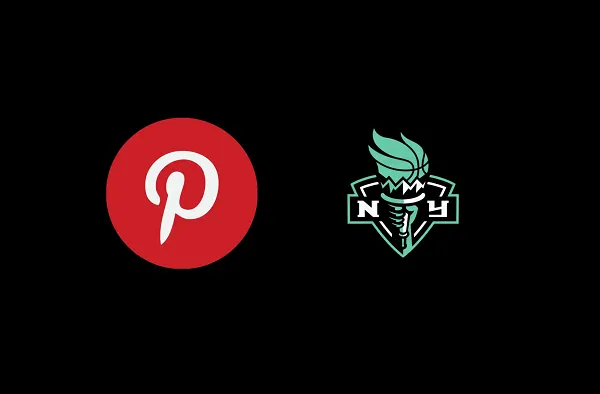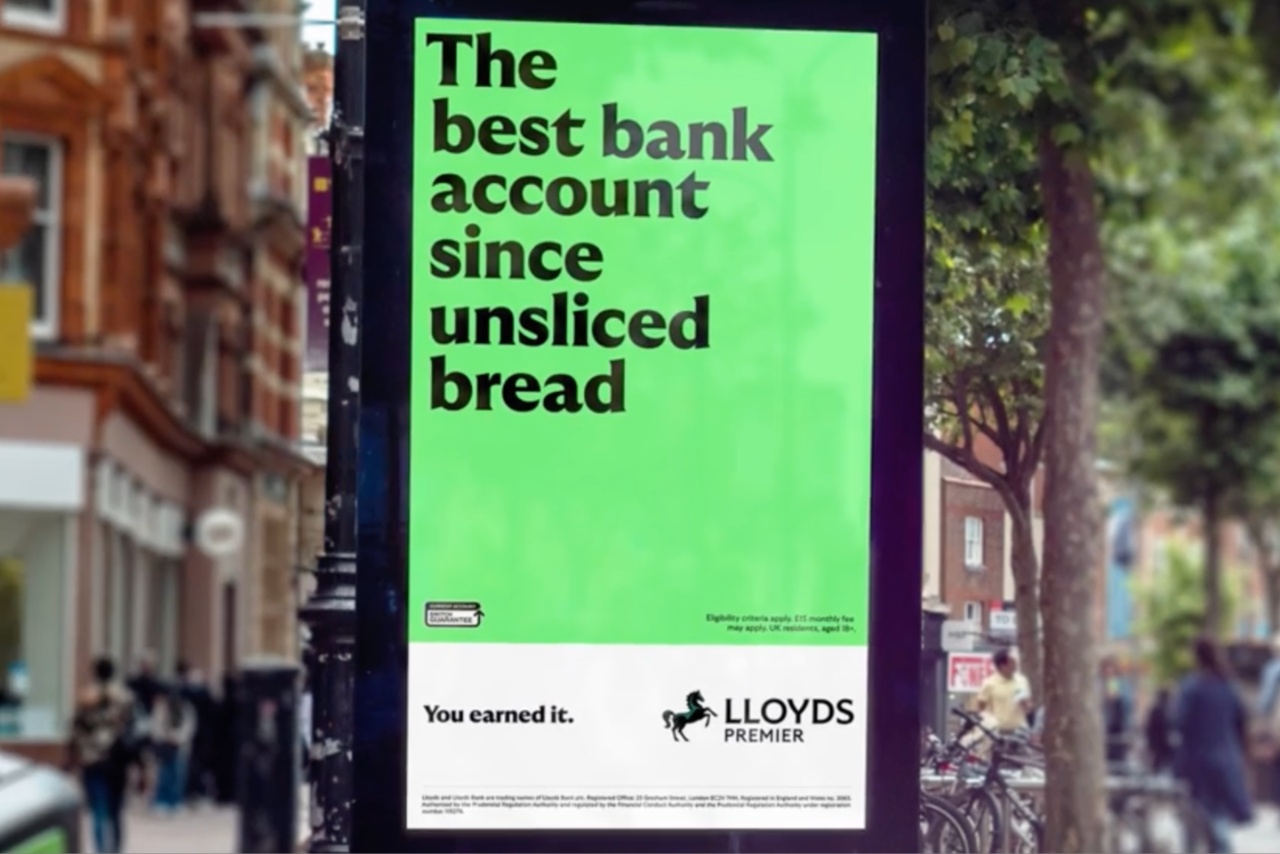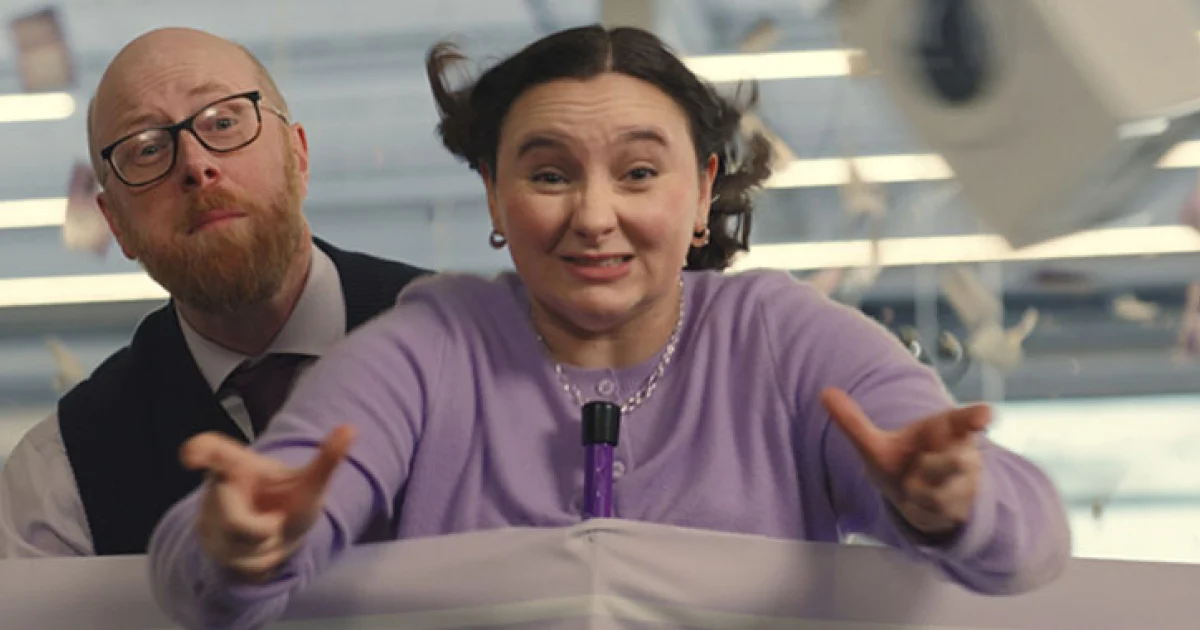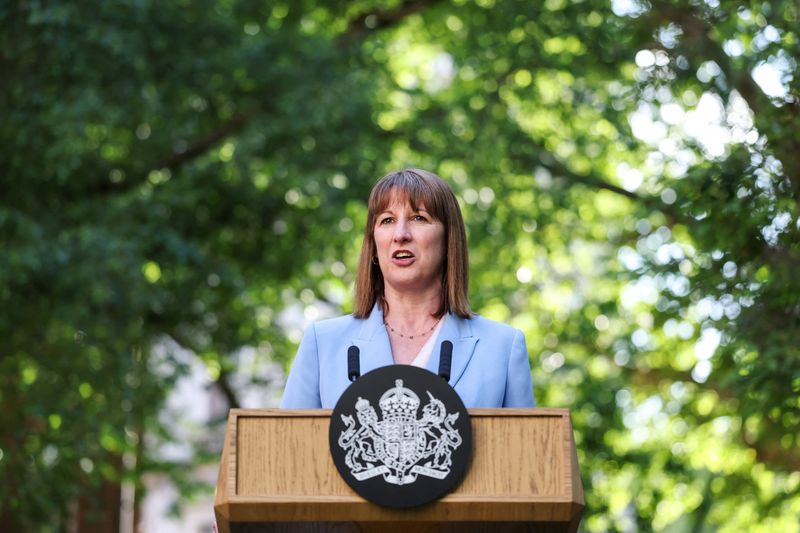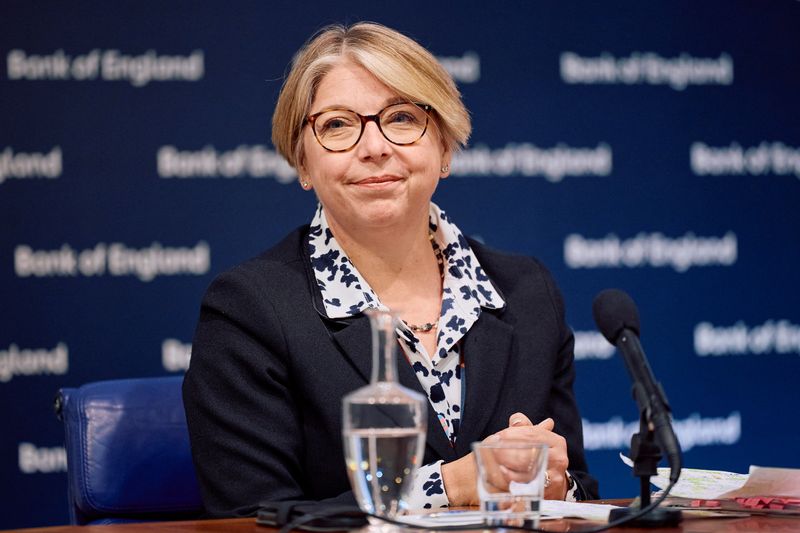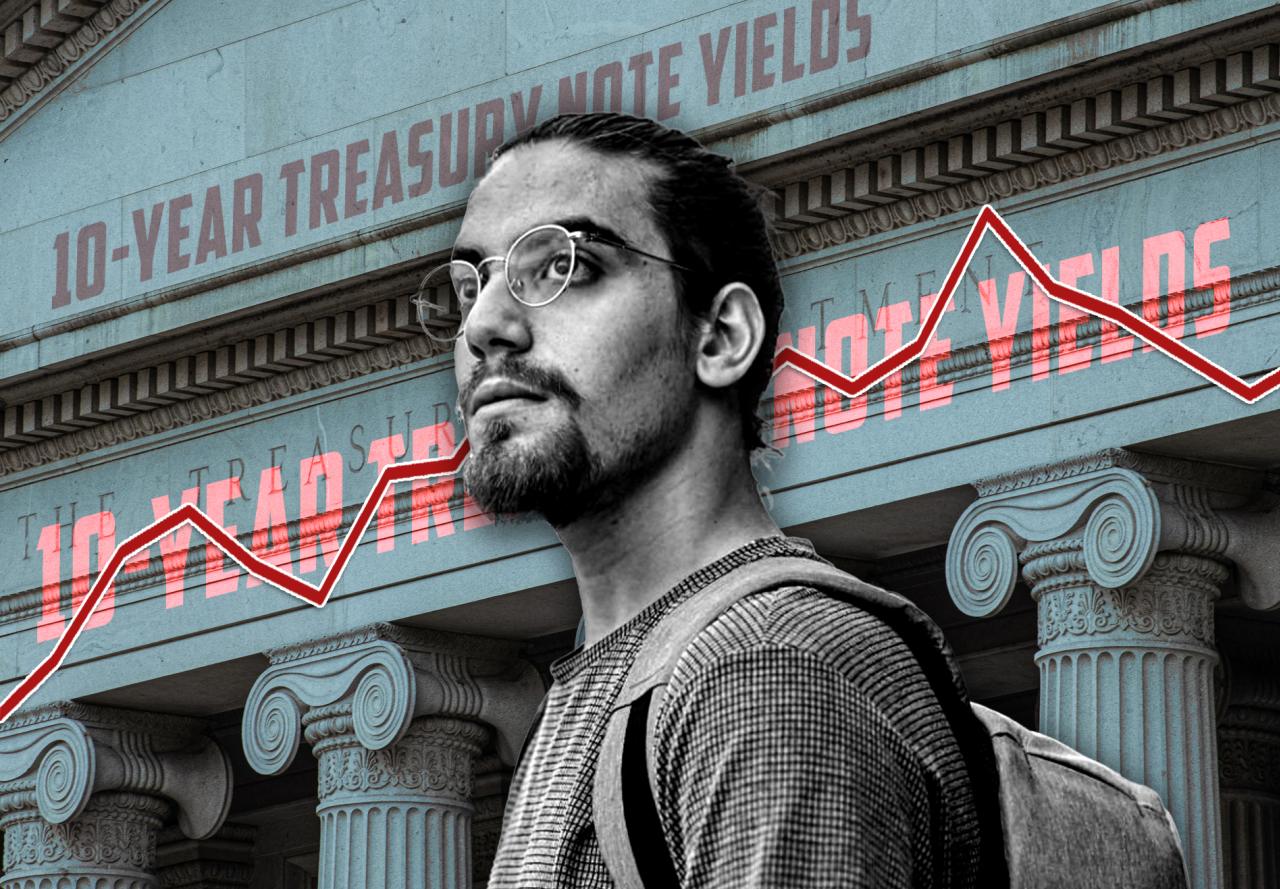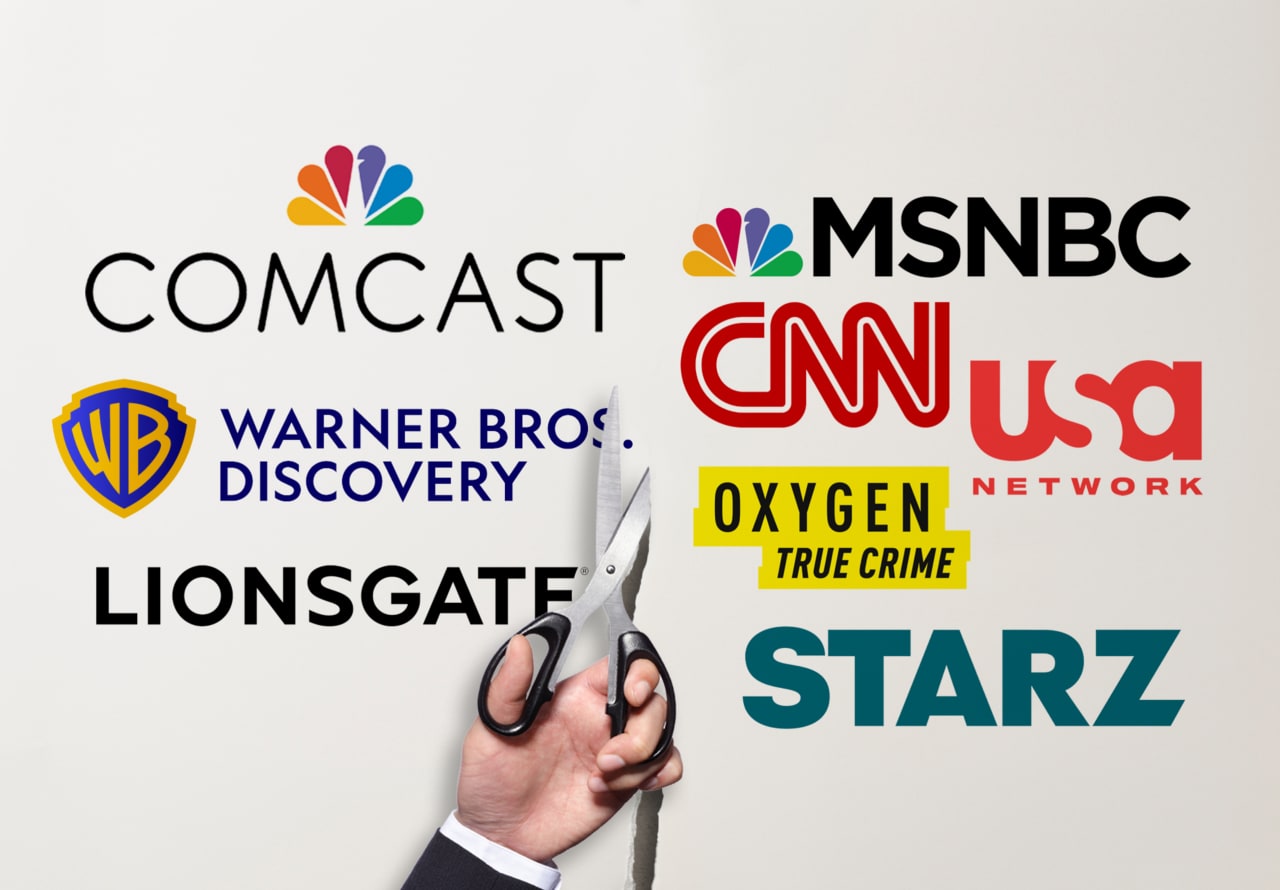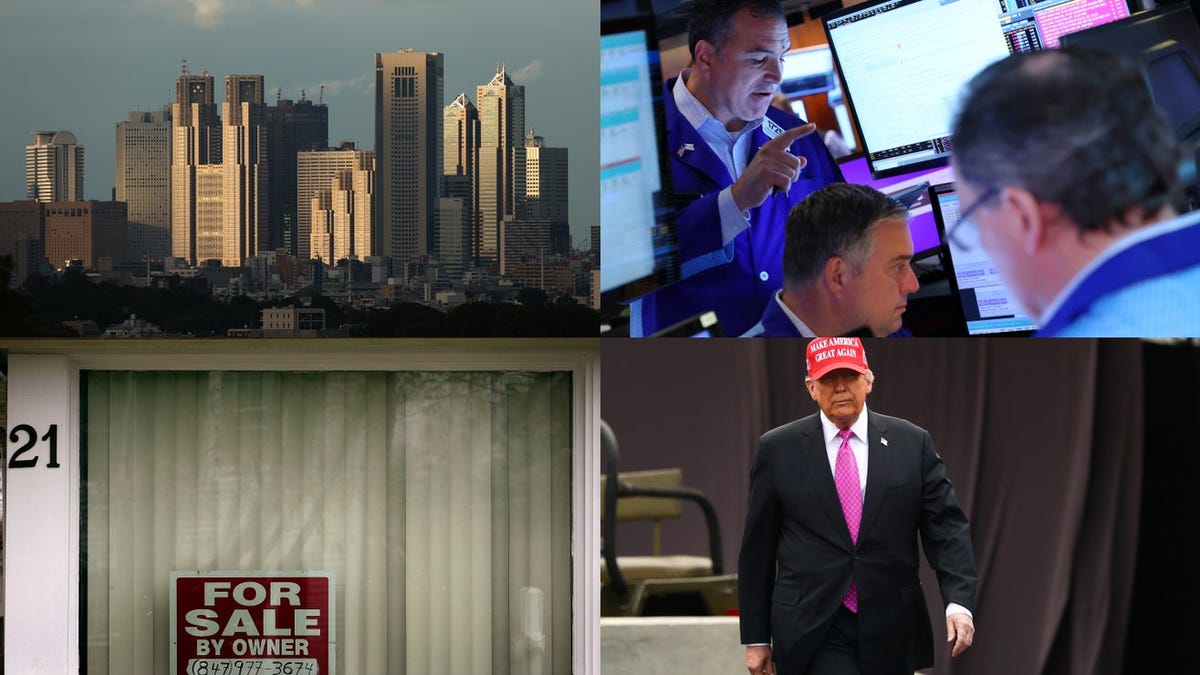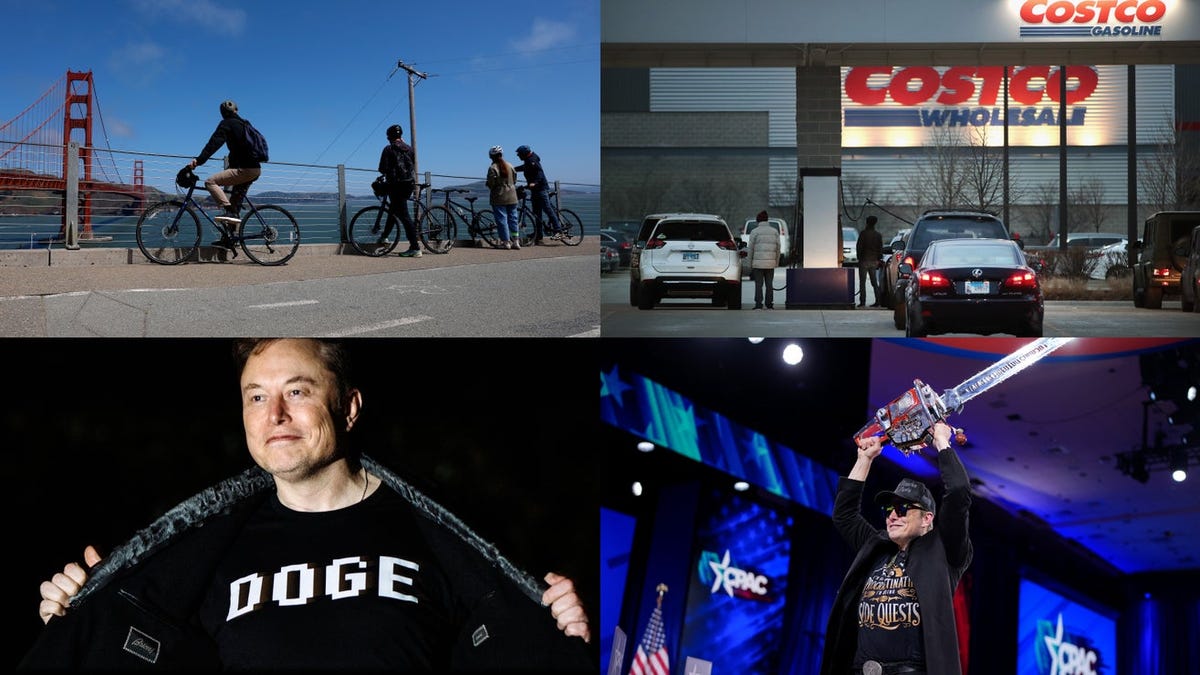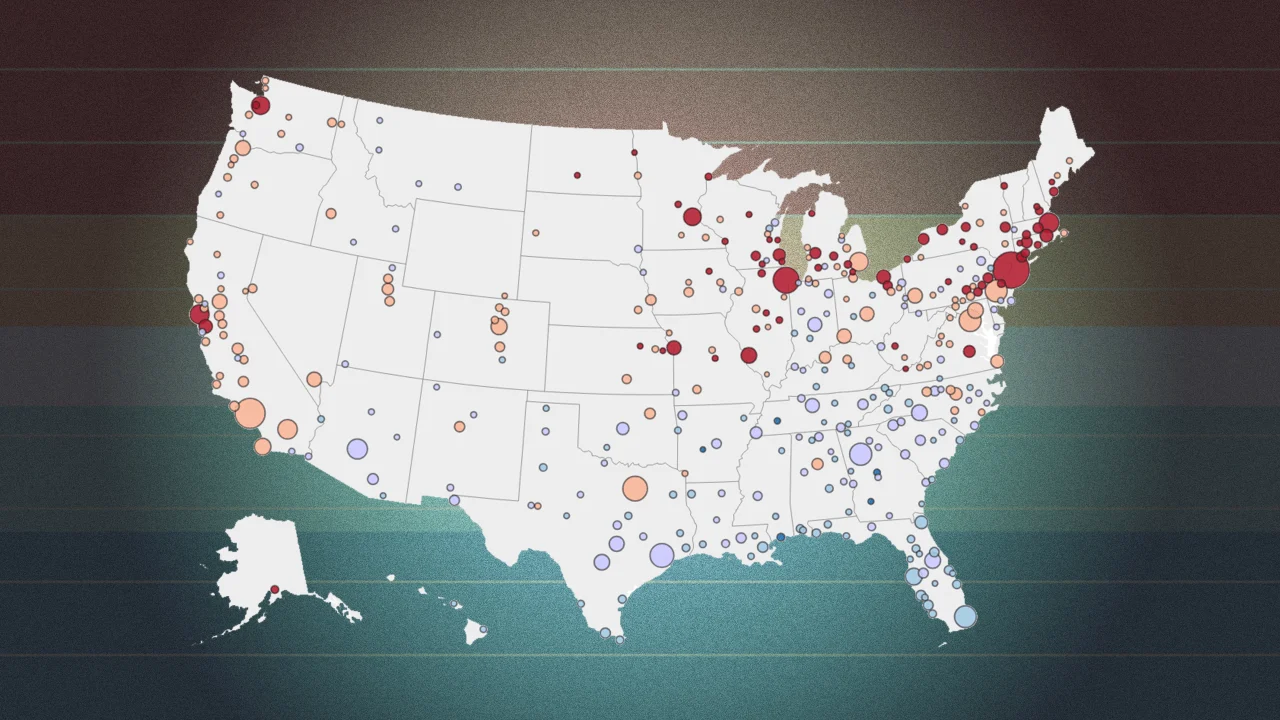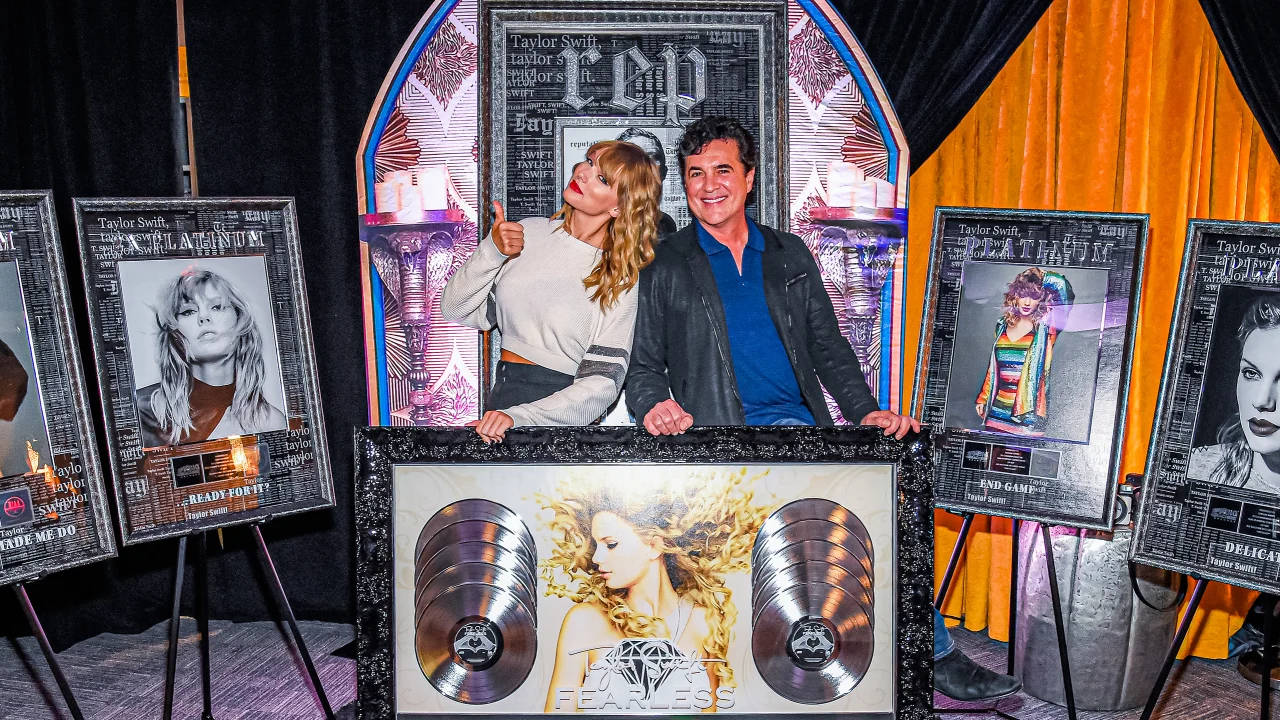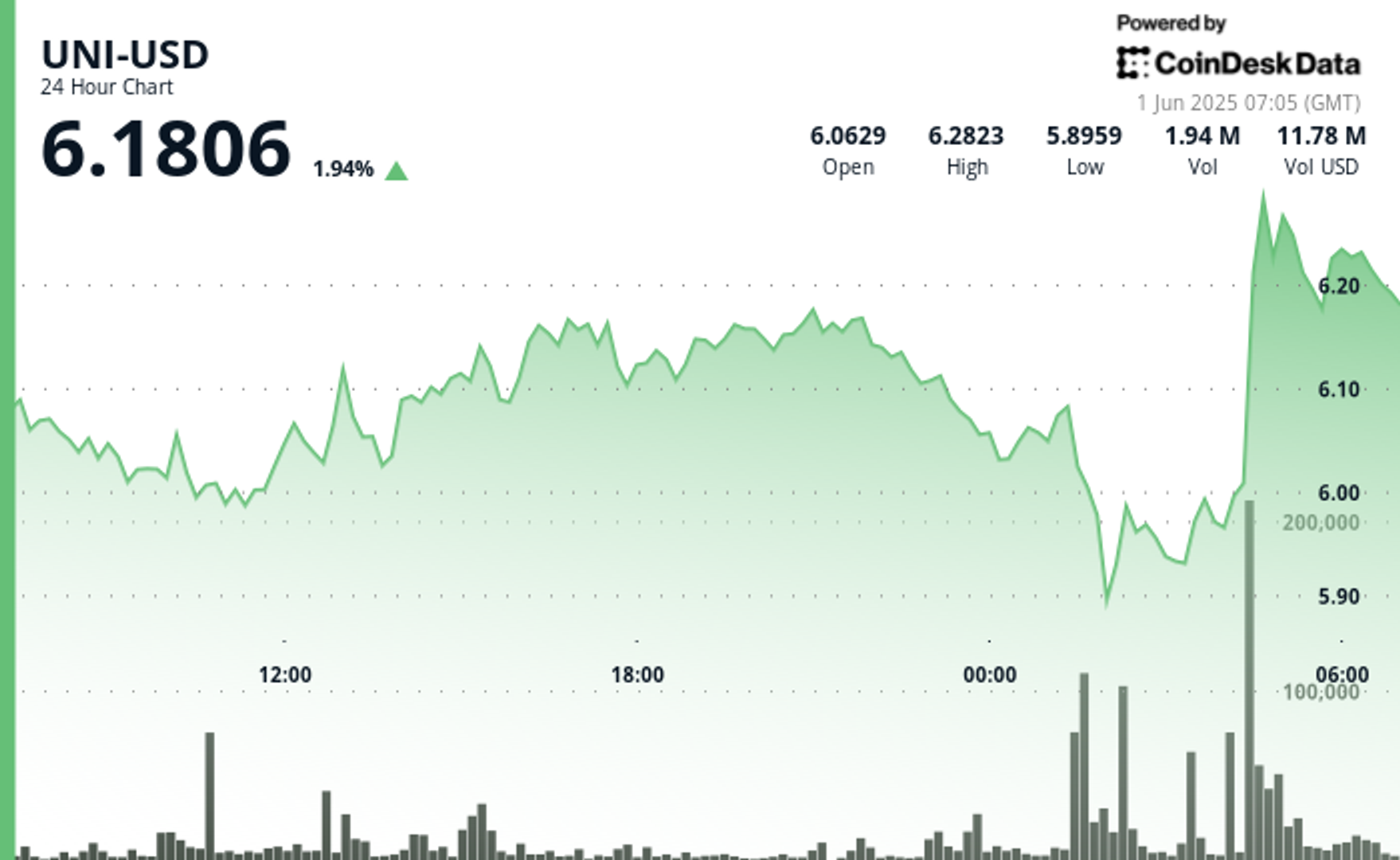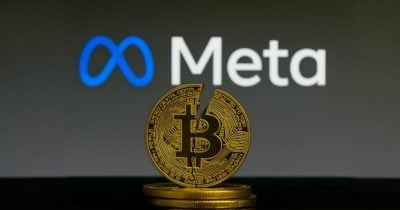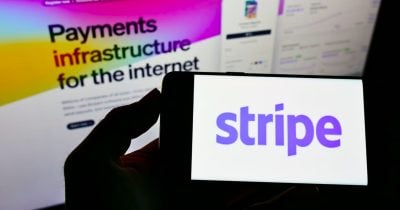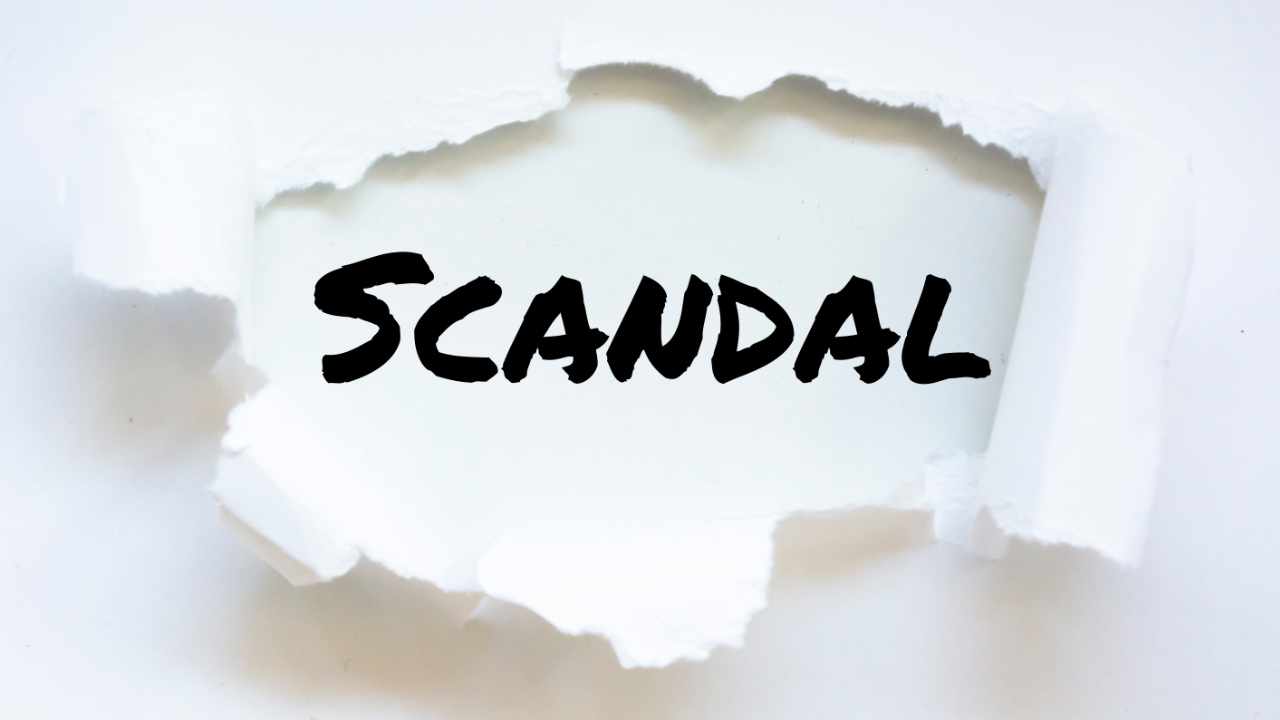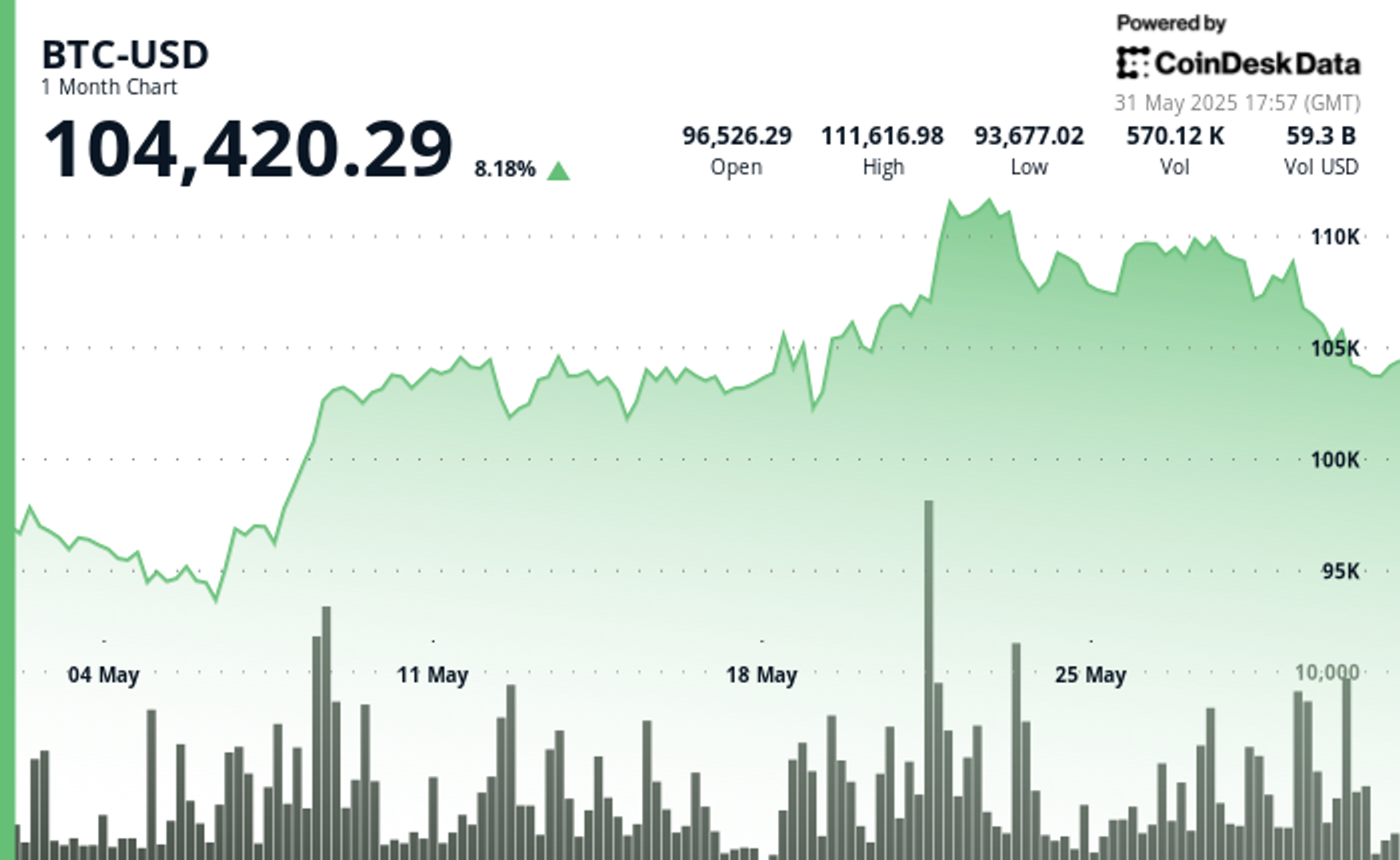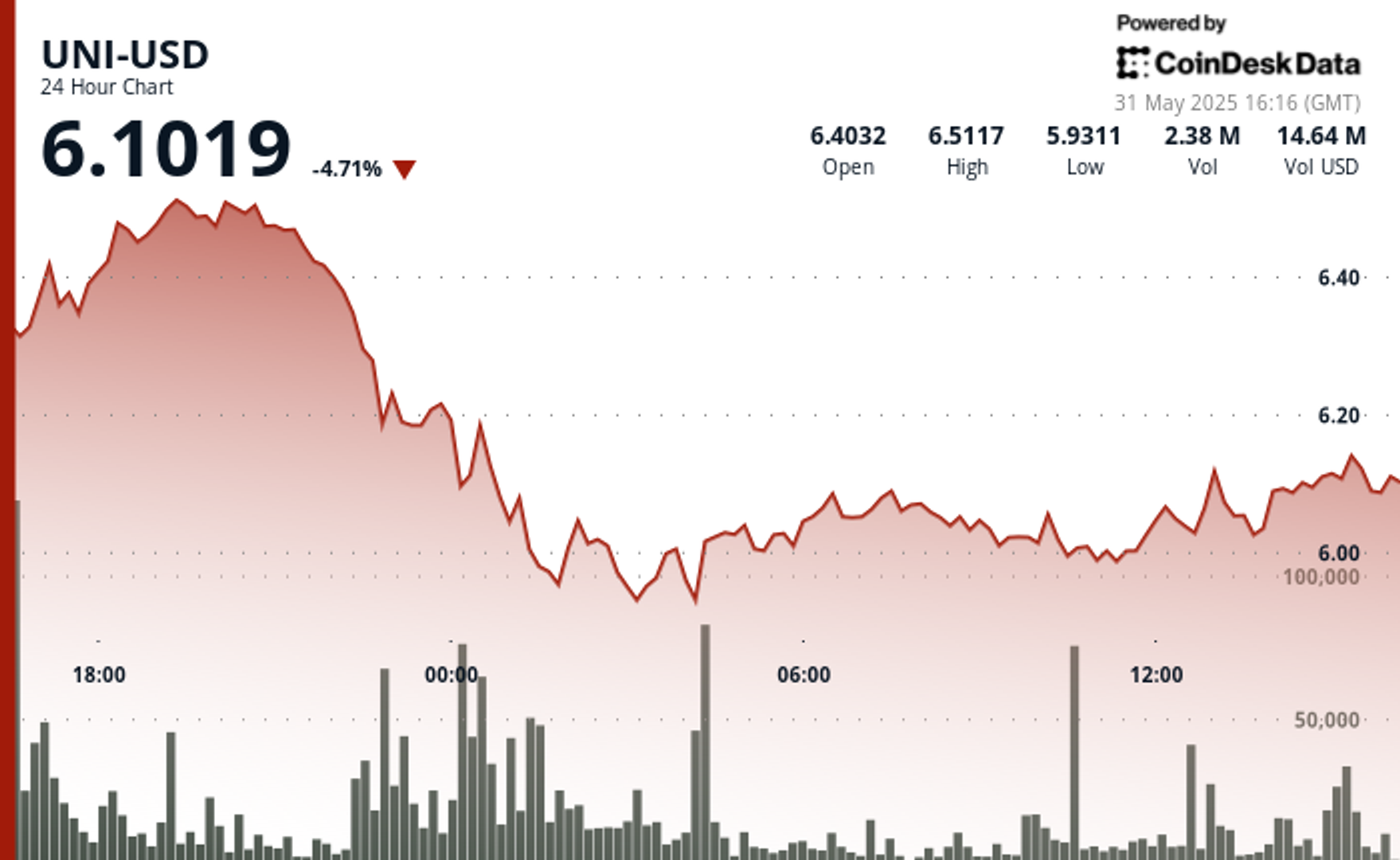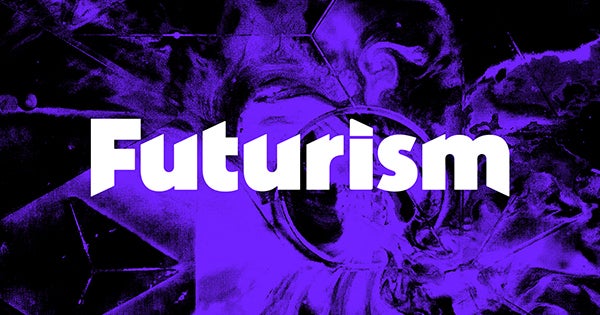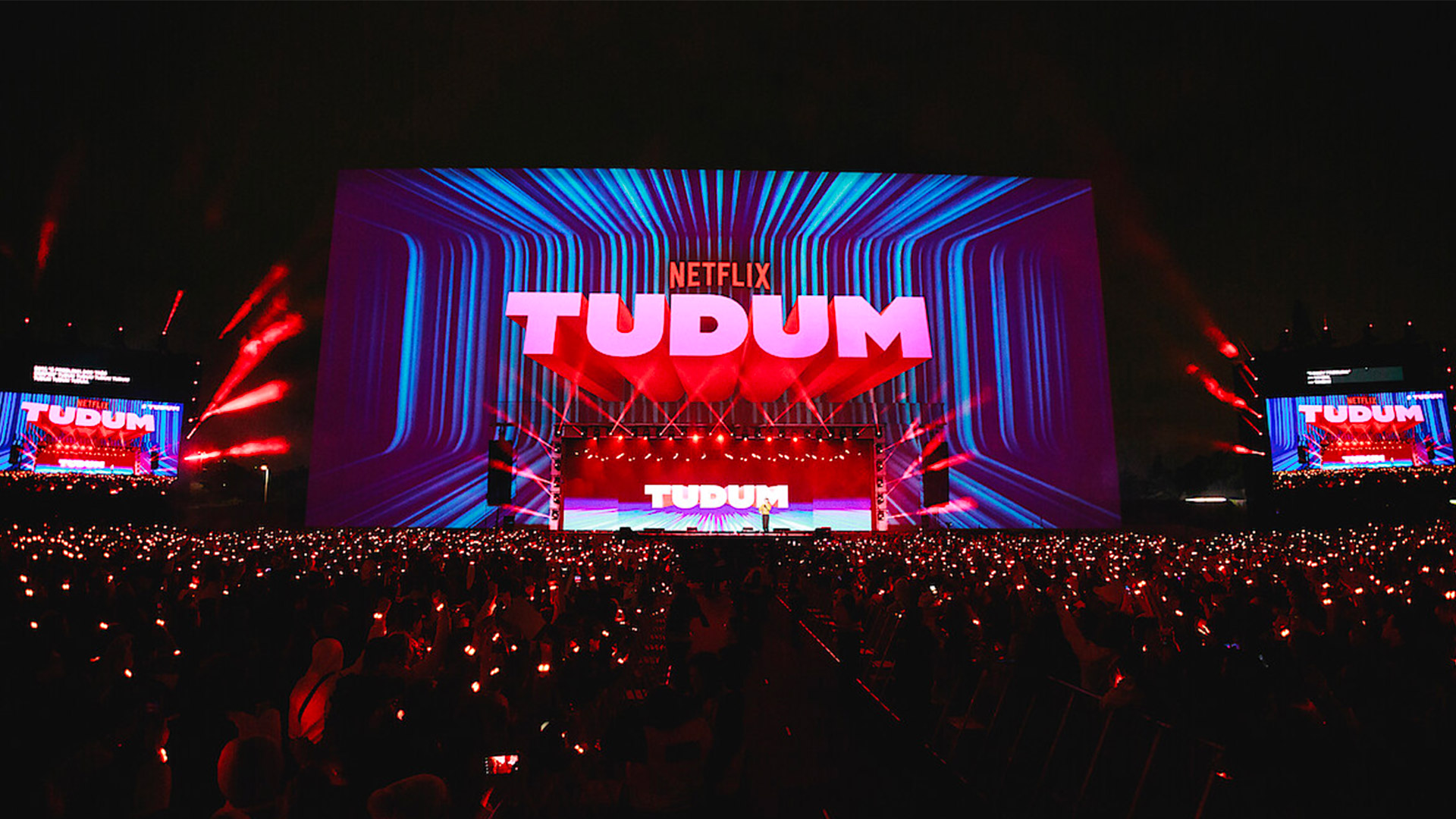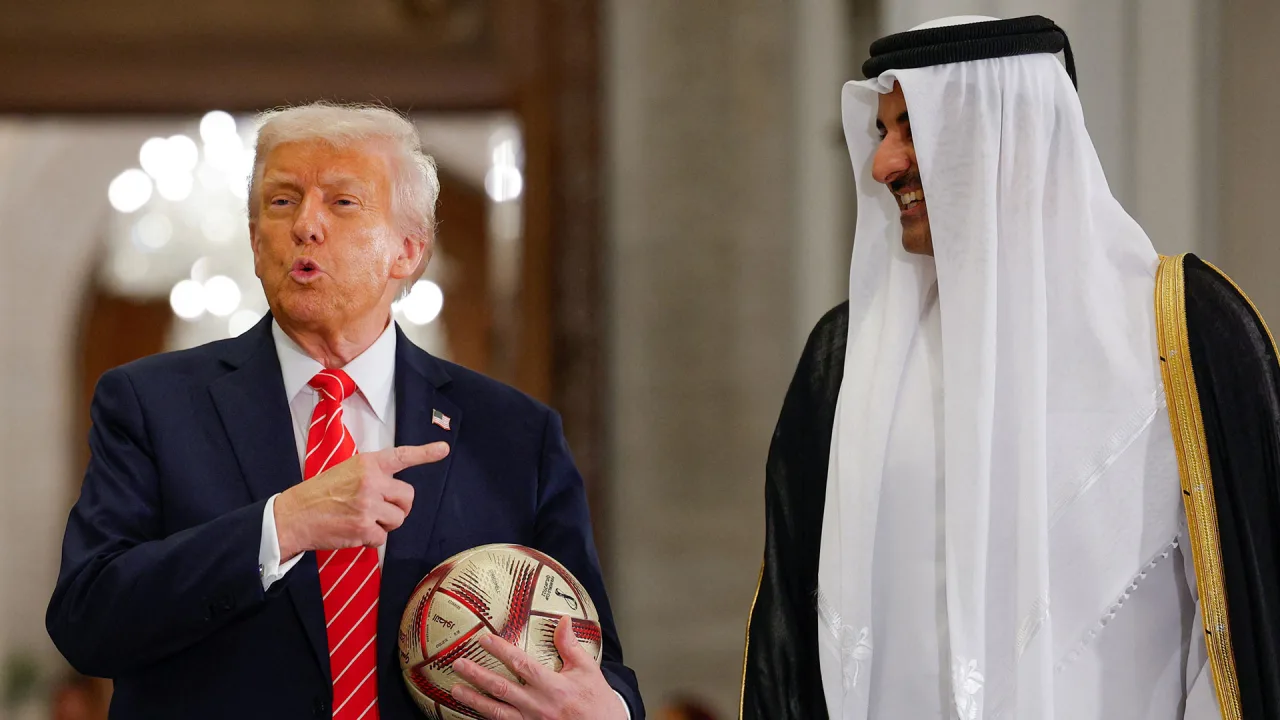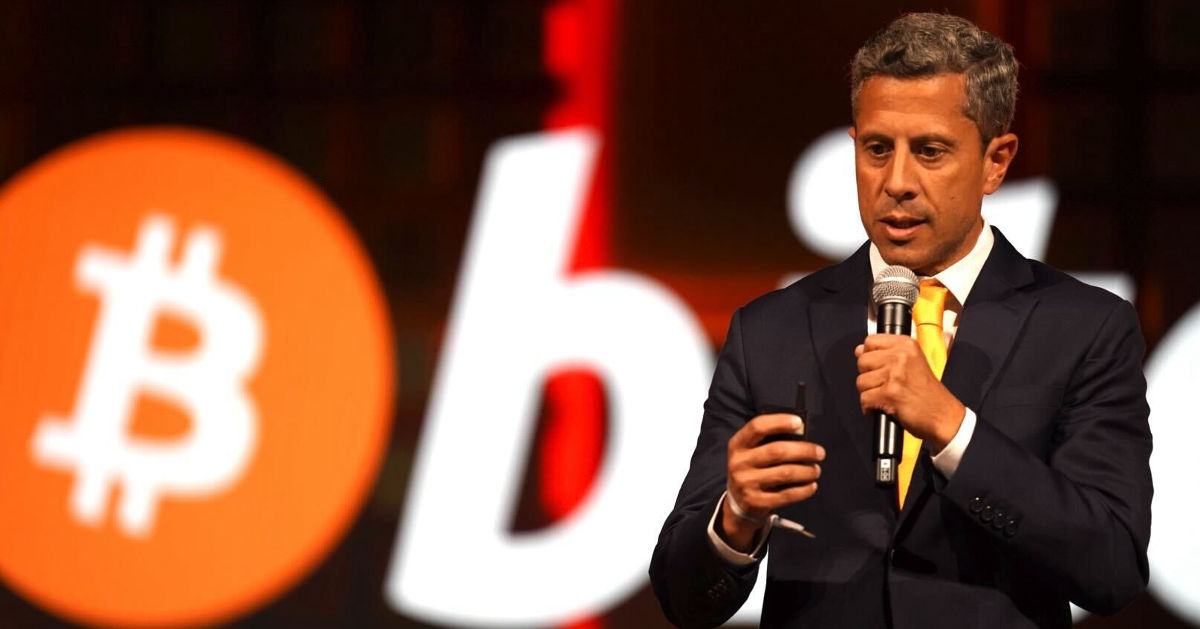Marketing in an age of economic uncertainty
Let’s get this out of the way: We constantly live in uncertain times. Periods of tranquility are actually an aberration, if not an illusion. The relationship between marketing budgets and economic volatility has always been complex. What we’re witnessing isn’t just the usual ebb and flow of consumer confidence or standard market corrections. It’s an unprecedented convergence of tariff confusion, inflationary pressures, supply chain disruptions, and debt refinancing challenges. As I talk to CMOs and marketing leaders across industries, one word keeps surfacing: paralysis. Decision makers find themselves frozen, unsure whether to commit to long-term advertising contracts, unable to accurately forecast costs, and struggling to craft messaging that resonates in a consumer landscape where spending power is increasingly unpredictable. The historical perspective: Who thrives in downturns? When I look back at previous economic contractions—particularly 2008 and 2020—a clear pattern emerges that separates survivors from thrivers. In 2008, as financial markets collapsed, brands like Amazon, Netflix, and Hyundai didn’t retreat. They advanced. Netflix invested heavily in its streaming service during the financial crisis, laying the groundwork for its eventual dominance. Hyundai introduced its ground-breaking “Assurance Program,” allowing customers to return newly purchased vehicles if they lost their jobs—a true masterstroke that increased Hyundai’s market share while competitors were seeing double-digit sales declines. The 2020 pandemic presented similar divergent paths. While many brands slashed marketing budgets in panic, companies like Zoom and DoorDash significantly increased their marketing investments, recognizing the unique moment to capture market share when consumers were rapidly forming new habits. The common thread? These companies didn’t view marketing as a discretionary expense to be cut during uncertainty. They saw it as a strategic lever, one that should be pulled harder during hard times. 4 strategic approaches for the uncertainty-conscious marketer Here’s what the most forward-thinking marketers are doing now to navigate the choppy waters ahead: They’re embracing flexibility in all media contracts. The days of rigid, long-term commitments are giving way to more agile arrangements that allow for budget reallocation as economic conditions shift. This means negotiating pause clauses, shorter commitment windows, and performance-based terms that protect all contracted parties. Budgets are shifting toward measurable, adaptable channels. While social media and traditional media face the deepest anticipated cuts (41% and 43% respectively), digital advertising continues to gain market share despite economic concerns. Digital is projected to encompass up to 79% of total ad spend by 2030, up from its current 67%. Message content is being entirely rethought. In the face of economic anxiety, brands need messaging that acknowledges reality while providing genuine value. We’re seeing this play out in automotive advertising, where some manufacturers are emphasizing their American manufacturing credentials. Ford’s “From America, For America” campaign represents a strategic positioning that resonates in an era of tariff concerns. As Hyundai, in 2008, these advertisers are using the moment to emphasize their particular brand’s appeal. AI is being leveraged not just for cost cutting but for scenario planning. The most sophisticated marketing teams are using AI to model multiple economic outcomes and prepare messaging, budget allocations, and channel strategies for each scenario. The creative reset: How agencies have already adapted It’s worth noting that the industry isn’t starting from scratch in facing these challenges. Client behavior on creative development has undergone a dramatic transformation over the past several years. The best independent agencies have already restructured their operations in response. Gone are the days of lengthy creative development cycles and rigid campaign frameworks. Anticipating these changes years ago, independent shops have largely embraced agile methodologies that align perfectly with today’s economic realities. In many ways, the independent agency sector has already prepared for exactly this kind of destabilizing environment. They’ve built their businesses around speed and adaptability rather than scale and standardization. As such, they’re uniquely positioned to help steer brands through bumps ahead without sacrificing creative impact or market presence. Brand versus performance in uncertain times Perhaps the most critical strategic question facing marketers is how to balance brand building against performance marketing when budgets contract. Historical data consistently shows that brands maintaining or increasing their share of voice during downturns emerge in stronger positions when markets recover. Yet shor

Let’s get this out of the way: We constantly live in uncertain times. Periods of tranquility are actually an aberration, if not an illusion.
The relationship between marketing budgets and economic volatility has always been complex. What we’re witnessing isn’t just the usual ebb and flow of consumer confidence or standard market corrections. It’s an unprecedented convergence of tariff confusion, inflationary pressures, supply chain disruptions, and debt refinancing challenges.
As I talk to CMOs and marketing leaders across industries, one word keeps surfacing: paralysis.
Decision makers find themselves frozen, unsure whether to commit to long-term advertising contracts, unable to accurately forecast costs, and struggling to craft messaging that resonates in a consumer landscape where spending power is increasingly unpredictable.
The historical perspective: Who thrives in downturns?
When I look back at previous economic contractions—particularly 2008 and 2020—a clear pattern emerges that separates survivors from thrivers.
In 2008, as financial markets collapsed, brands like Amazon, Netflix, and Hyundai didn’t retreat. They advanced.
Netflix invested heavily in its streaming service during the financial crisis, laying the groundwork for its eventual dominance. Hyundai introduced its ground-breaking “Assurance Program,” allowing customers to return newly purchased vehicles if they lost their jobs—a true masterstroke that increased Hyundai’s market share while competitors were seeing double-digit sales declines.
The 2020 pandemic presented similar divergent paths. While many brands slashed marketing budgets in panic, companies like Zoom and DoorDash significantly increased their marketing investments, recognizing the unique moment to capture market share when consumers were rapidly forming new habits.
The common thread? These companies didn’t view marketing as a discretionary expense to be cut during uncertainty. They saw it as a strategic lever, one that should be pulled harder during hard times.
4 strategic approaches for the uncertainty-conscious marketer
Here’s what the most forward-thinking marketers are doing now to navigate the choppy waters ahead:
- They’re embracing flexibility in all media contracts. The days of rigid, long-term commitments are giving way to more agile arrangements that allow for budget reallocation as economic conditions shift. This means negotiating pause clauses, shorter commitment windows, and performance-based terms that protect all contracted parties.
- Budgets are shifting toward measurable, adaptable channels. While social media and traditional media face the deepest anticipated cuts (41% and 43% respectively), digital advertising continues to gain market share despite economic concerns. Digital is projected to encompass up to 79% of total ad spend by 2030, up from its current 67%.
- Message content is being entirely rethought. In the face of economic anxiety, brands need messaging that acknowledges reality while providing genuine value. We’re seeing this play out in automotive advertising, where some manufacturers are emphasizing their American manufacturing credentials. Ford’s “From America, For America” campaign represents a strategic positioning that resonates in an era of tariff concerns. As Hyundai, in 2008, these advertisers are using the moment to emphasize their particular brand’s appeal.
- AI is being leveraged not just for cost cutting but for scenario planning. The most sophisticated marketing teams are using AI to model multiple economic outcomes and prepare messaging, budget allocations, and channel strategies for each scenario.
The creative reset: How agencies have already adapted
It’s worth noting that the industry isn’t starting from scratch in facing these challenges. Client behavior on creative development has undergone a dramatic transformation over the past several years. The best independent agencies have already restructured their operations in response.
Gone are the days of lengthy creative development cycles and rigid campaign frameworks. Anticipating these changes years ago, independent shops have largely embraced agile methodologies that align perfectly with today’s economic realities.
In many ways, the independent agency sector has already prepared for exactly this kind of destabilizing environment. They’ve built their businesses around speed and adaptability rather than scale and standardization. As such, they’re uniquely positioned to help steer brands through bumps ahead without sacrificing creative impact or market presence.
Brand versus performance in uncertain times
Perhaps the most critical strategic question facing marketers is how to balance brand building against performance marketing when budgets contract.
Historical data consistently shows that brands maintaining or increasing their share of voice during downturns emerge in stronger positions when markets recover. Yet short-term revenue pressures make performance marketing irresistibly tempting when every dollar must be justified.
The smart play here isn’t choosing one over the other but reimagining how all of these factors work together. Performance marketing can be designed to build brand equity simultaneously. Brand marketing can incorporate more direct response elements. The artificial wall between these disciplines must come down to survive economic headwinds.
Opportunity within adversity
The brands that will emerge strongest from this period of uncertainty won’t be those with the largest budgets, but those with the clearest strategic vision, the most agile execution, and the courage to maintain presence when competitors retreat.
Economic uncertainty doesn’t change the fundamental truth that share of voice leads to share of market. It simply raises the stakes and rewards those who can maintain their voice when others fall silent.
Looking at the latter half of 2025, the marketing leaders who view this period not as a time to hide but as a rare opportunity to stand out will be the ones writing the success stories we’ll be studying for years to come.
Tim Ringel is global CEO of Meet The People.




